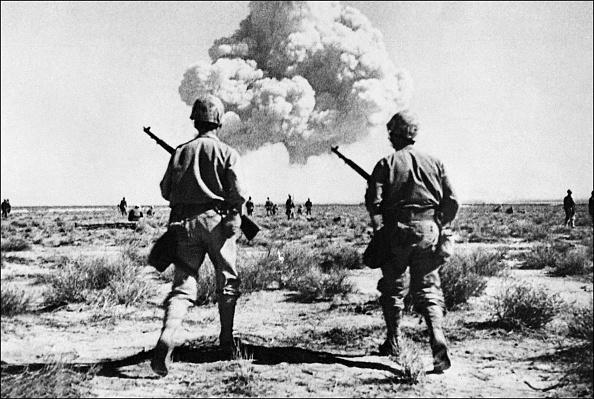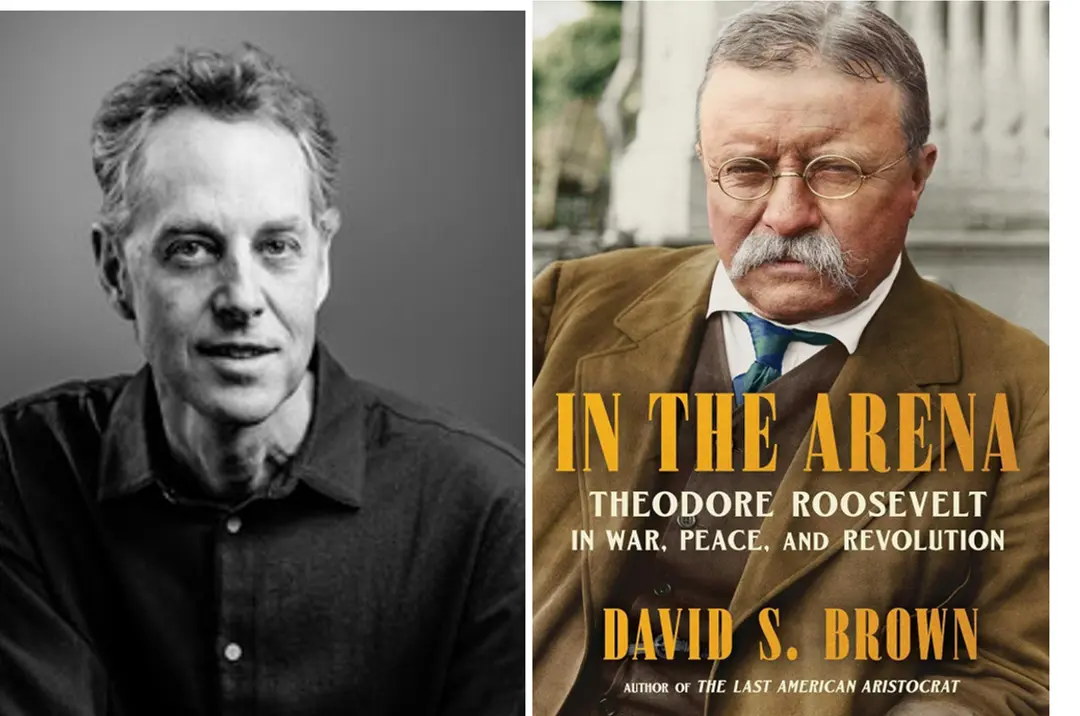In August 1945, the United States dropped two atomic bombs on Japan to end World War II. Since then, an industry has emerged insisting that bombing Hiroshima and Nagasaki was unnecessary. That Japan would have surrendered soon without that drastic measure. That an uninhabited target would have sufficed instead of a city.
‘Road to Surrender’
“Road to Surrender: Three Men and the Countdown to the End of World War II,” by Evan Thomas, examines that question. Mr. Thomas’s ultimate conclusion is that, combined with Russia’s declaration of war on Japan, the bombing of Hiroshima and Nagasaki was necessary to force Japan’s surrender. Anything less would have allowed the Imperial Army to continue the war.Mr. Thomas uses three men to focus the story: Henry Stimson, Carl “Tooey” Spaatz, and Shigenori Togo. Stimson was the U.S. secretary of war. Leading the U.S. war effort, he was the one man with the big picture of the atomic bomb project. Gen. Spaatz commanded the U.S. Strategic Air Forces in the Pacific, in ultimate charge of the air war against Japan. Shigenori Togo was Japan’s foreign minister, one of six members of Japan’s Supreme War Council.






